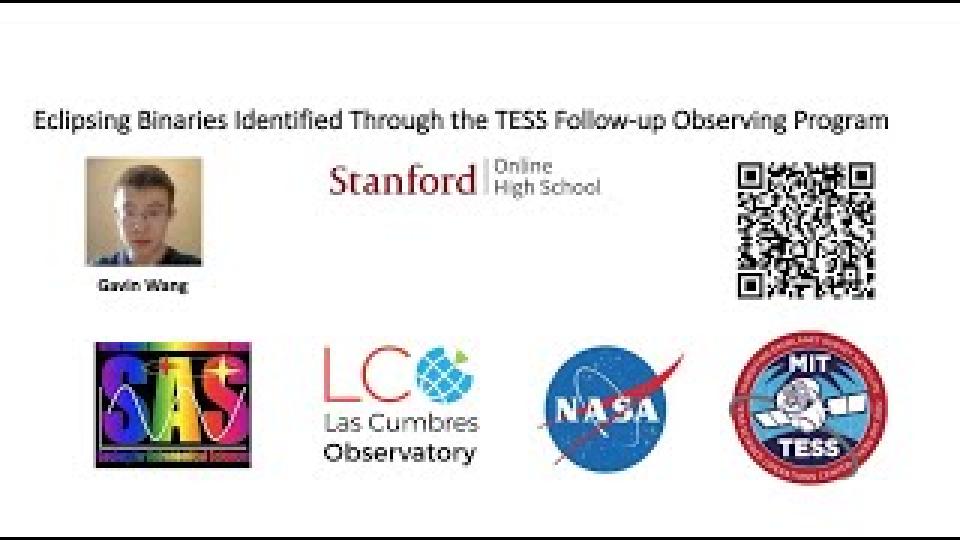Stanford OHS 2021 Astronomy Research Seminar Projects
These projects were submitted to the Society of Astronomical Sciences Conference in June, 2021.
SAS Introduction
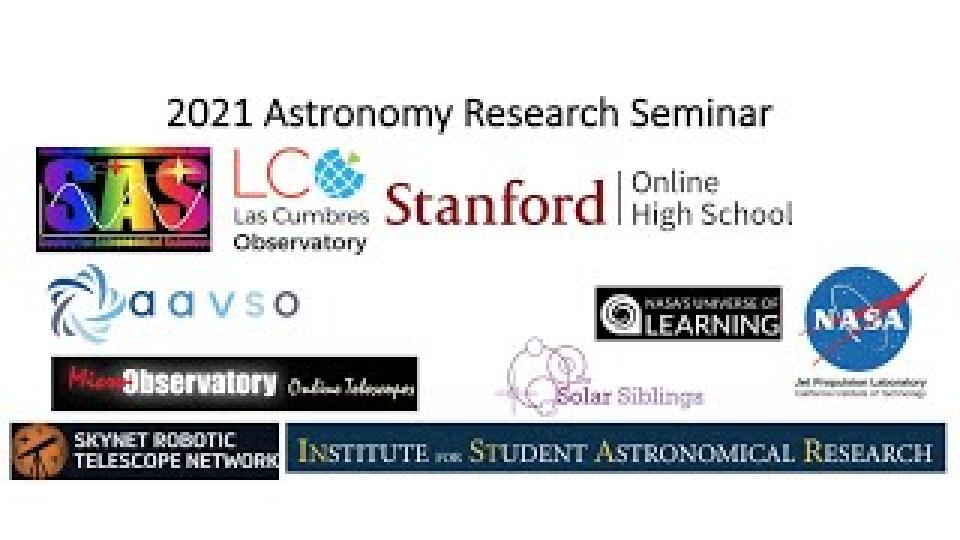
RR Lyraes in Globular Clusters
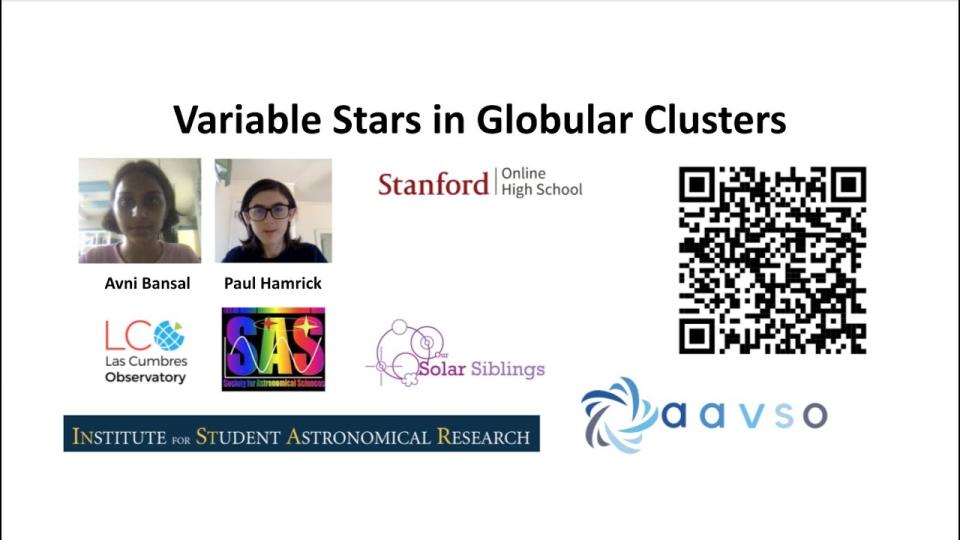
by Avni Bansal and Paul Hamrick
Summary: We characterized the distance, age, and composition of 4 star clusters by analyzing the photometry of their stars compared to theoretical isochrones, computed new pulsation periods for some RR Lyrae stars, and discovered some potential new pulsators.
Studies of Double Star Systems
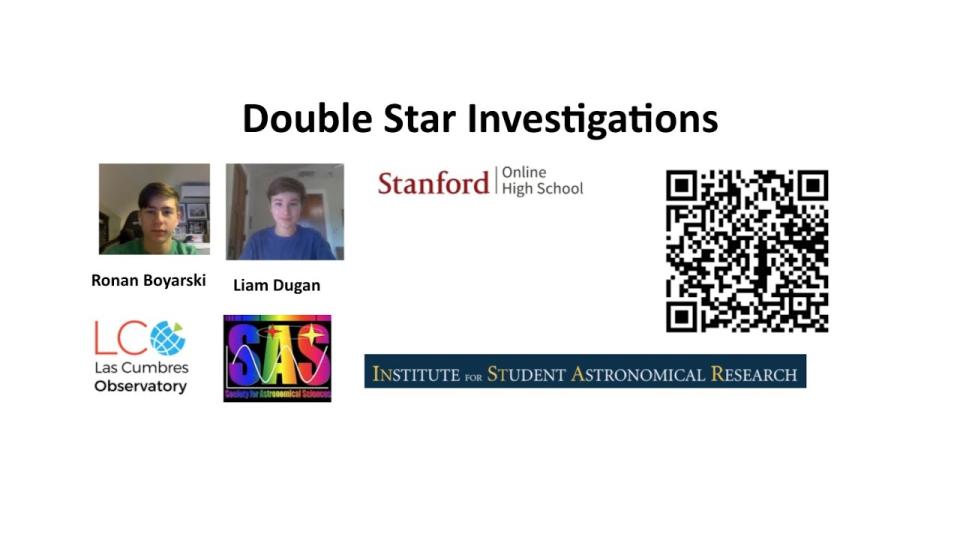
by Ronan Boyarski and Liam Dugan
Summary: We analyzed and made measurements of 10 different systems: including one known binary and several potential binaries. The systems studied included a quadruple system and a few high-delta-magnitude pairs. We present evidence to support the classification of two previously-unclassified doubles.
An Analysis of Exoplanet WASP-50b with EXOTIC
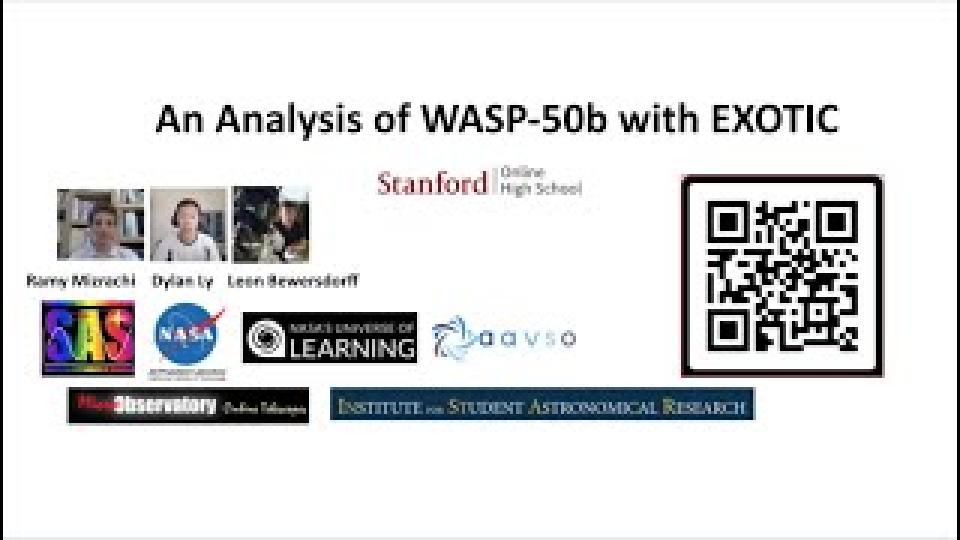
The Age and Expansion Rate of the Crab Nebula
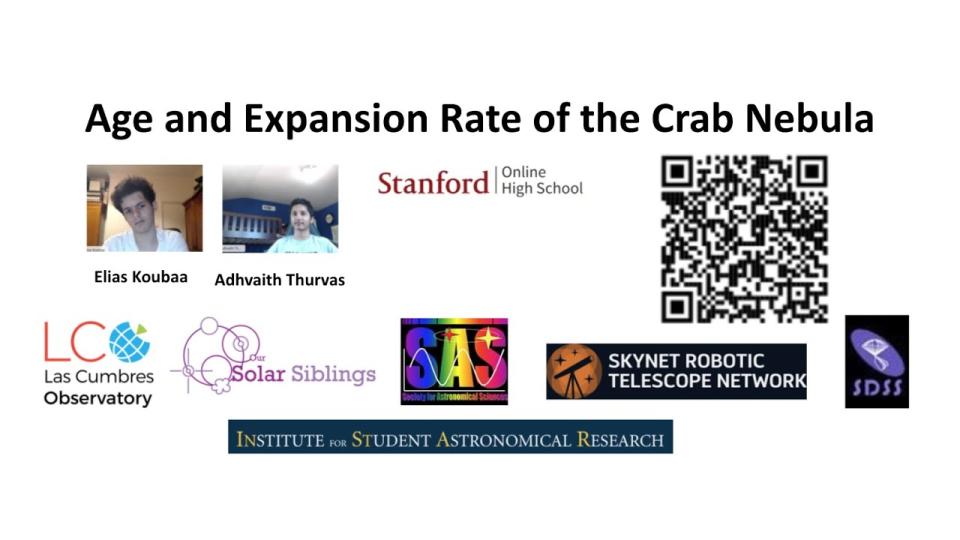
Ephemeris Update of WASP-43 b Using EXOTIC
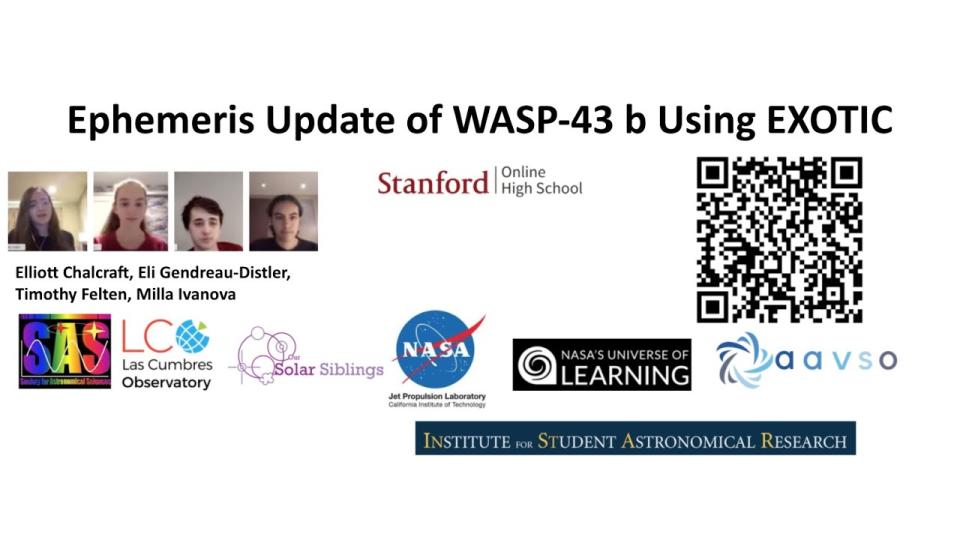
Eclipsing Binaries Identified as Part of the TESS Followup Observing Program
